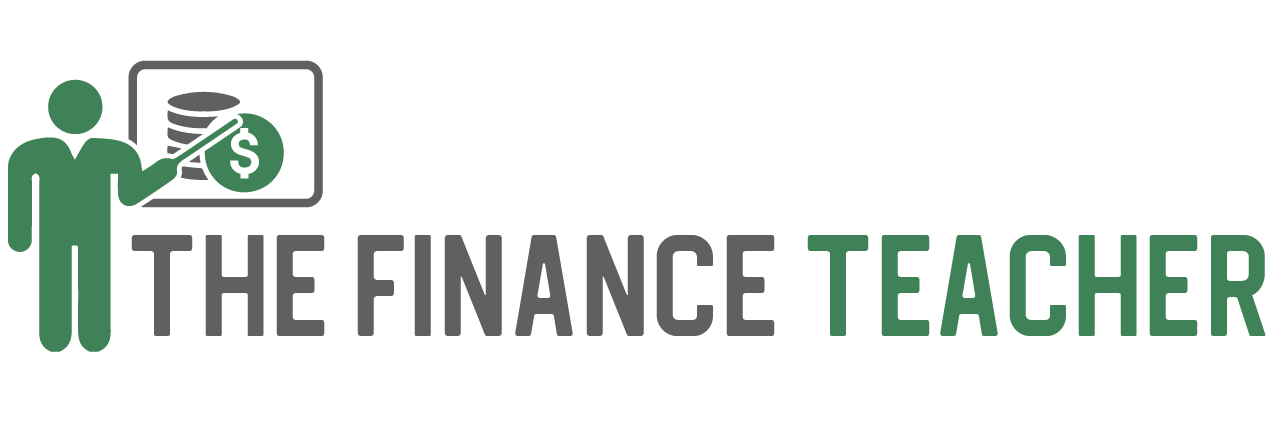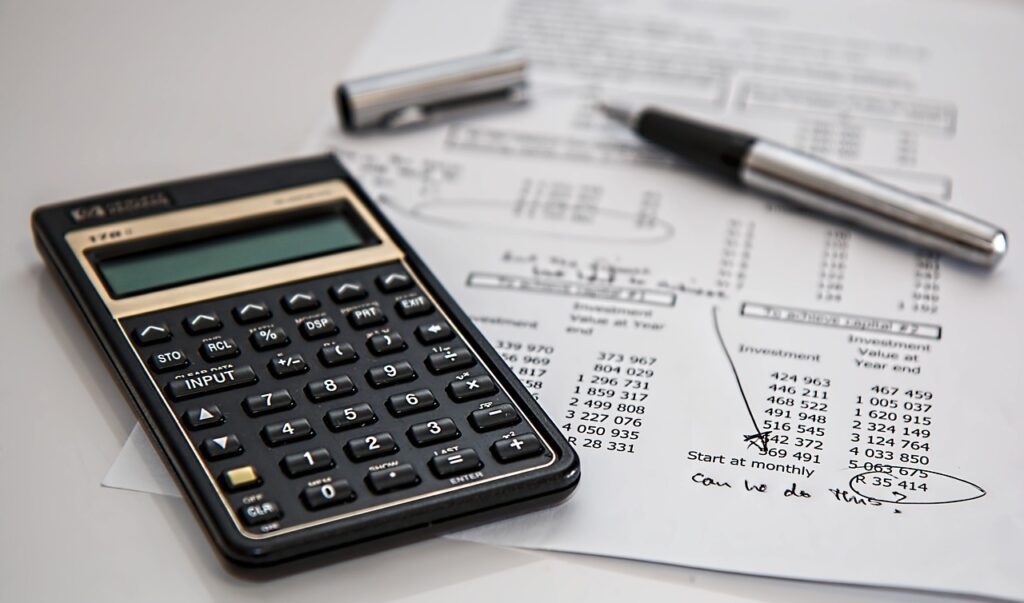Budget or ‘Pay Yourself First’?
This post will question whether a budget is the best solution for increased savings
Table of Contents
ToggleTraditional money advice often starts with telling you that you need to create a budget. It says that you should analyse your current spending and identify areas that can be cut back, create a plan of how your money will be spent and then stick to it. A part of this budget of course would include savings.

Creating a budget can certainly be helpful
Budgeting
Let’s just clarify something first. A budget is not a record of your past spending. A budget is a plan for future spending.
I think it is important to analyse your current spending. To do this you really should look at more than one month. Let’s say the last three months. See where your money is actually going. And be prepared for some surprises.
Here are some common shocks that people often encounter when they really dig into how they spend their money
Take-away food and dining out
This can represent a huge amount over the course of a month. Not just the morning coffee, but the bagel that goes with it, the afternoon muffin snack and the protein shake after a workout.
Subscriptions
Netflix and other streaming services are a major contributor. Many households currently have in excess of three different such subscriptions. But we also have more specific subscriptions like sports, productivity tools and memberships.
Transport and car expenses
As a monthly expense, this is mostly a necessity and may be difficult to cut. Fuel expenses or train fares may be fixed. But it’s still useful to know what percentage of your income is being spent here, especially if there is a possibility of moving closer to work. Insurance, registration, fuel and maintenance can really add up. The monthly car payment for a car loan is a different conversation altogether.
Rent or mortgage
You shouldn’t need to work this one out as it should be well known. But write it out as a percentage of your net income to see if it is above the desired 30% of income amount. If it is, then you need to have a re-think about how to either reduce the amount or increase your income.

The latte isnt really the problem
Though you may be shocked by how much you are spending on things like coffee, it should also be evident that the areas that are more easily reduced are the two large ones of housing and car payments.
Creating a budget helps to identify areas that can be reduced in order to be able to save more
An analysis of your spending is useful and identifying areas to cut can be extremely valuable. However, it isnt necessarily the magic solution that you may think it is.
A budget allocates money to certain areas and sets limits for how much should be spent in each area. One of those areas needs to be your savings. The problem is that many people allocate their spending first and then decide how much can possibly be saved.
Let’s try a different approach
Ask yourself how much you need to save to achieve your long-term financial goals. Whatever this amount is: just take it out of the equation. Consider this the one part of your income that is ‘your’ money.
Pay yourself ‘your’ money first. (This can be savings or long-term investment) Then create a budget that allows you to work out how to live off the rest. In all likelihood, you will find a way that doesn’t lessen your quality of life at all.

Pay yourself first
I saw a recent video clip from a well-known influencer who lamented the fact that still people don’t talk enough about savings. He challenged people that if you are not able to save then clearly your house is too expensive and possibly your car as well. His main point was that more people need to take a step back before they can expect to move forward.
Why the ‘no budget, budget plan’ works for me
By paying yourself first, you don’t really need a budget. This means that you don’t stress so much about daily spending. If you have money, then you can spend it on anything that you want. As long as you set aside a desired amount from your savings, then you are on track to achieve your financial goals.
Of course, you need to pay your rent or mortgage as well. But this should be seen as the second priority. If your rent or mortgage does not allow for your monthly savings goal, then either you have set an unrealistic saving goal or you need to consider reducing your housing expense. The alternative is to reduce the second largest expense which is often a car loan if you have one.
Remember, this is a change in mindset as well. The mindset shift says that saving (or investing) is paying yourself. All other spending is paying someone else – the bank, the landlord, the taxi driver, the restaurant, the electronics store, the coffee shop.
The key takeaways
- A budget focuses on reducing spending in order to create savings.
- Paying yourself first focuses on savings first which forces reduced spending.
This strategy may go slightly against traditional advice. But whatever works, right?
The question is which one is most likely to help you achieve the desired goal of increased savings?
I’m happy to throw away the budget and pay myself first.




I found this article both enjoyable and educational. The points made were compelling and well-supported. Let’s talk more about this. Check out my profile for more interesting reads.